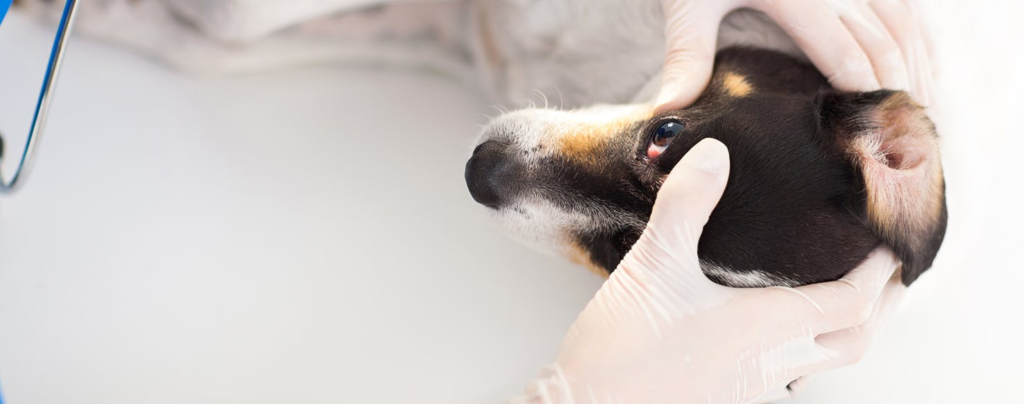Understanding and Treating Dog Styes: Causes, Symptoms, and Care

Just like humans, dogs can experience various eye conditions, including styes. A dog stye, also known as a hordeolum, is a common eye issue that can cause discomfort and irritation. In this article, we will explore the causes, symptoms, and proper care for dog styes to help you understand and address this condition effectively.
What is a Dog Stye?
A dog stye is a small, painful red bump that forms on the eyelid or around the eye. It is typically caused by a bacterial infection, most commonly Staphylococcus bacteria. The infection occurs when the oil glands in the eyelid become blocked, leading to inflammation and the formation of a stye.
Symptoms of a Dog Stye:
Common symptoms of a dog stye include:
- Redness and swelling on the eyelid or around the eye
- Discomfort or pain in the affected area
- Excessive blinking or rubbing of the eye
- Watery or sticky discharge from the eye
- Sensitivity to light
Causes of Dog Styes:
Several factors can contribute to the development of dog styes, including:
- Poor eye hygiene or inadequate cleaning of the eye area
- Eye irritation from foreign objects or debris
- Weakened immune system
- Presence of underlying eye conditions
- Allergies or environmental factors
Treating Dog Styes:
If you suspect your dog has a stye, it is essential to seek veterinary advice for a proper diagnosis and treatment plan. The treatment for dog styes typically involves the following steps:
- Warm Compresses: Applying a warm, damp compress to the affected eye can help reduce inflammation and encourage the stye to drain. Gently hold the compress on the eye for a few minutes several times a day.
- Antibiotic Ointment: Your veterinarian may prescribe an antibiotic ointment to prevent or treat any bacterial infection associated with the stye. Follow their instructions for proper application.
- Avoiding Eye Irritants: Keep your dog’s environment clean and free from irritants that can exacerbate the stye. Avoid using any harsh chemicals or products near the eyes.
Preventive Measures:
To help prevent dog styes, consider the following measures:
- Regular Eye Cleaning: Clean your dog’s eyes gently with a veterinarian-recommended eye wash or sterile saline solution to remove any debris or irritants.
- Good Hygiene: Keep your dog’s face clean and dry, paying attention to the eye area.
- Avoid Eye Rubbing: Discourage your dog from excessively rubbing or scratching their eyes, as this can introduce bacteria and potentially lead to a stye.
Dog styes can be uncomfortable for our canine companions, but with prompt veterinary attention and proper care, they can be effectively treated. It is crucial to consult with a veterinarian for an accurate diagnosis and tailored treatment plan. By practicing good eye hygiene and taking preventive measures, you can help minimize the occurrence of styes and keep your dog’s eyes healthy. Remember, early detection and intervention are key to ensuring your furry friend’s comfort and well-being.